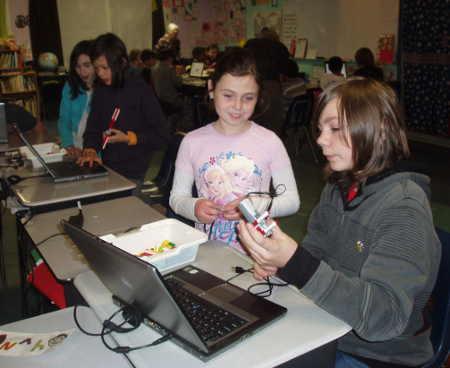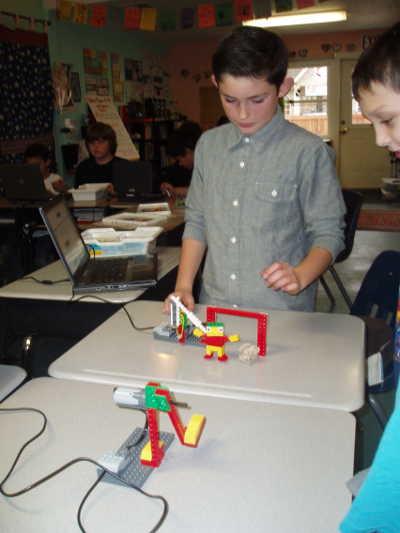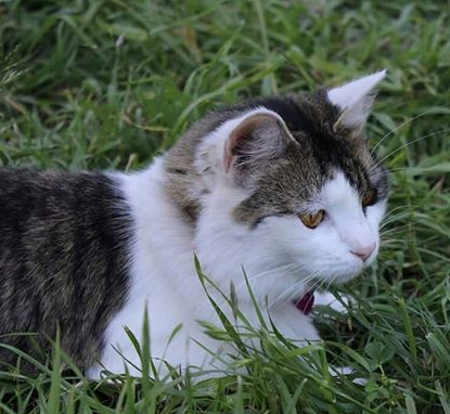MIDDLETOWN, Calif. – Gibson Museum and Cultural Center volunteers, filled with both pride and awe in the museum’s success in its first year, are eagerly working on plans for a First Anniversary Gala May 3.
Plans for the gala to be held that Sunday afternoon at the Twin Pine Casino & Hotel Event Center south of Middletown are not yet finalized.
Along with dinner, a raffle and other attractions, a stage show featuring local history and local talent is being orchestrated by Sophie Lauterborn, who garnered a prize ribbon for Gibson’s entry in the 2013 Middletown Days Parade.
Following up on the 1930s theme of the museum's grand opening, guests are urged to come to the anniversary party in costume, representing the historical period of their choice whether it be the Gay ‘90s, Roaring ‘20s, Happy Face ‘70s … or Neanderthal or futuristic.
Some folks seem still to be confused about the Gibson Museum's relationship to the Lake County Historical Society.
Both Gibson Museum and the Ely Stage Stop & Country Museum (opened in 2011) are projects of the Lake county Historical Society.
Gibson’s efforts are focused on the history of important businesses in Lake County, such as quicksilver mining, mineral springs resorts and wine production.
Ely’s areas of interest are directed more to the county’s agricultural traditions. Both aim to preserve the heritage of the personalities and families that built our communities.
The development of South Lake County – comprising Middletown, Cobb and surrounding areas – is the focus of Gibson’s collection. Noticeable differences in the ambiance of south county and the towns near Clear Lake have been apparent since before Lake County was created in 1861.
Until 1870, virtually all of the valley land south of Spruce Grove Road was held in probate; land could be purchased only in the mountain areas.
Meantime, settlements were growing rapidly at Lower Lake, Kelseyville, Lakeport, Upper Lake and other areas around the lake.
By the time Middletown was founded, the south county area bordering Napa, Sonoma and Yolo counties was being overrun with prospectors looking for quicksilver claims, a population decidedly different than pioneers who merely wanted a place to call their own.
Only Middletown grew into a town, although many of the mining and resort communities retained their individual identities, and in their heyday boasted their own schools, churches, and butcher shops.
Gibson’s permanent displays are highlighted by artifacts from the mining camps that dotted the area, a large graphic display of native populations as discovered by archaeologists, and a fascinating collection of local geological specimens.
Beneath a 4-foot-wide photo of a 1960s billboard noting seventeen of the area’s famed resorts, a display case featuring local resorts is currently being reworked. Artifacts from Hoberg’s Resort, which became famed for its music and food rather than its waters and maintained its popularity well into the 1960s, will be replaced to recall other well-known resorts. Hoberg’s was recently reopened under entirely new management as a venue for popular music.
Harbin Hot Springs’ celebration of its 25th anniversary as a revivified retreat operated by the Heart Consciousness Church will headline displays mounted in February.
Harbin was apparently the first mineral springs in Lake County to be opened to the public and a favorite with visitors during the late 1800s and early 1900s.
The display of handcrafted dolls by Elizabeth Eaholtz was so well received that it was held over for the month of January.
LCHS has moved its photo collection to Gibson’s temperature-and-humidity-controlled archives room, along with a set of Henry Mauldin’s 10,000 pages of historical notes and the archives of historic issues of the Pomo Bulletin.
The photo library is also available online at www.lakecountyhistory.org ; the Mauldin notes are at the museums in both Lakeport and Lower Lake.
Researchers can now access this valuable material, by appointment, at Gibson. Write to This email address is being protected from spambots. You need JavaScript enabled to view it. or phone 707-809-8009 to make arrangements.
Gibson Museum’s volunteers are pleased with the recently installed identification on its front wall.
Nina Bouska is a volunteer with the Gibson Museum and Cultural Center, located at 21267 Calistoga St., http://www.cgibsonmuseum.com/ .










